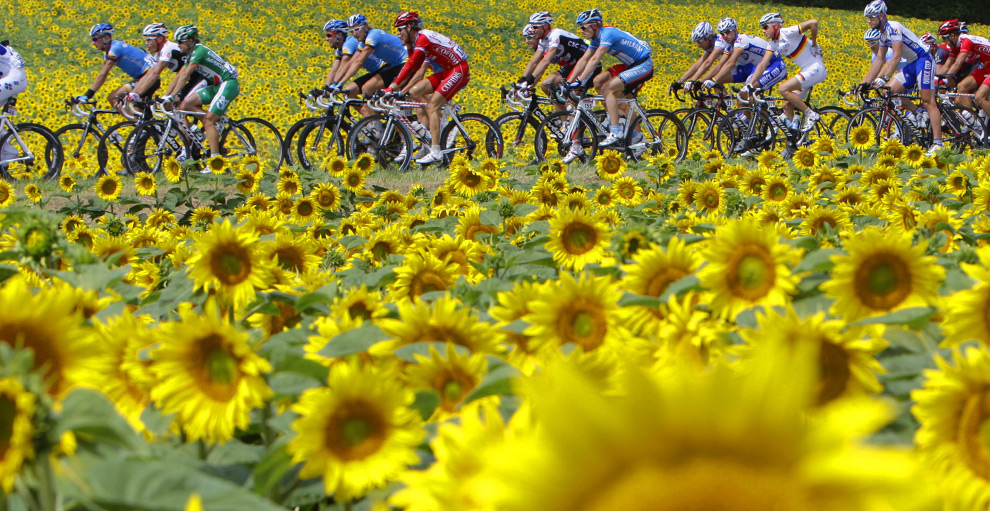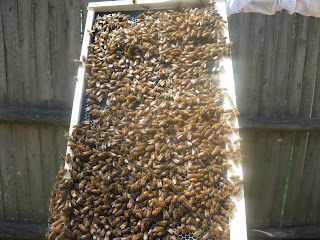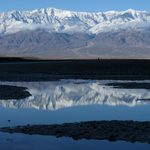 |
| Not me - but a close resemblance to my crash |
It vaguely occurred to me that this wasn't good and that perhaps I needed help. I knew S.D. had just had his left hip replaced two weeks ago and couldn't drive but that he would somehow know where I was. I called Christine and asked if she could pick him up and come get me. I told her to tell him that I was on the "Apple Street Loop". He'd know what that meant. I sure didn't. I asked if it would take her a long time to get to our house. It was only then when I realized I should have known where she lived and for that matter where I lived and how long it would take for her to get to S.D. that I started to panic. She talked me down. I relaxed and closed the phone.
Then I was talking to S.D. on the phone, telling him that Christine was coming.
Then a cyclist rode by and asked if I was okay. I shook my head. "I don't think so " I replied. But I stood up moved around a little. There didn't seem to be any pain. Nothing broken, only my elbow bleeding all over everything. I sat back down on the sidewalk. I told the cyclist my name and address.
A car pulled up. The driver asked if I was okay. "I don't think So " I replied. The car drove off. A guy got out of a car that suddenly was there on the side of the road. He bandaged my arm and started talking on a phone.
Then there was another guy. He lived in the house behind me.
Then my truck drove by, did a u-turn in the middle of the road, and pulled over. S.D. limped out on his cane proclaiming "I couldn't wait for Christine, I tried it and I could drive. " Apparently he's not good at waiting. As Christine was to hypothesize when she arrived at our empty house only five minutes after my call, the white knight syndrome had kicked in and regardless of his non-functional hip he had driven off to save me. Apparently I had managed to tell him I was on School Street, and he'd decided to drive the length of it and find me.
Then an ambulance was on the side of the road. "We're taking you to Beverly Hospital." They told me. That's where S.D. had his hip surgery so I knew it was a nice hospital. Still had no idea where it was or what it would take to get there from here. But at this point, a Hospital seemed a good idea. I was feeling tired and dimly knew sleeping wasn't a good idea.
 |
| Not sure what you're supposed to do if you see this while riding |
Thank you bike helmet!
S.D. sent me an article a few weeks later about how 75% all of bike accidents only involve the rider (and a curb, parked car, pothole, etc). Apparently there are lots of folks just like me who fall off their bikes at high rates of speed. What is truly remarkable however is the number of folks who help those unwitting cyclist.
Thank you S.D. and Christine! Thank you anonymous cyclist, car driver and guy next-door! Thank you bike helmet manufactures and bike helmet advocates! Thanks to all of you I (and lots of others) can crash and ride.








































